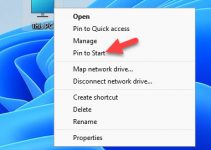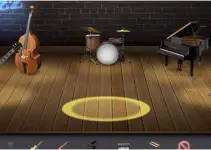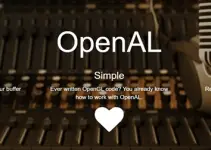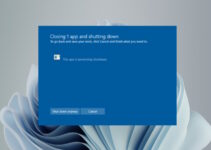There are instances where you have noticed an unknown application running on your computer and started to think more about it. Questions like how it got installed, what it is used for and many such questions start popping up in mind. Similarly, an application like the Vulkan runtime library was noticed by a few users on their computer, and they also started thinking about it. In this article, we will talk more about this particular library in Windows 10 & Windows 11.
What is the Vulkan Runtime Library?
Vulkan Runtime library is a new graphics standard developed by the non-profit organization Kronos. It is a group of software applications that can pair together to boost video throughput.
The primary role of this library is to enhance video performance using the group of runtime libraries that are specifically designed for high-end graphics PC.
When Vulkan is compared to DirectX or OpenGL, it has less latency and overhead and can help a PC reach new levels of performance.
Vulkan runtime libraries help developers avoid CPU bottlenecks that limit performance and can improve performance in other performance-hungry areas.
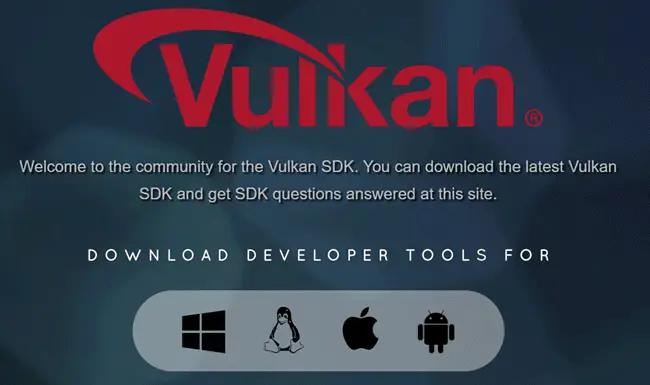
Use of Vulkan Library:
As we are now aware of what is Vulkan runtime library is, let’s now talk what the primary purpose.
In the early days, when technology was old at that time, we had a limited set of parameters to measure the performance of video or audio quality When one wanted to improve the quality, there were not many options available.
However, we had benchmarks for video as Direct X developed by Microsoft back in 1995 and kept on improving to measure video performance. Still, in the end, it was not enough for GPU’s that comes with high benchmarks, clock and memory. That is when a need for new graphics 3D API need was felt, and therefore Vulkan runtime library came to live.
Vulkan API runtime libraries render with a more straightforward, thinner driver, and efficient CPU multi-threading capabilities boost the video throughput when a PC is paired with a high-end video input device. For example, in the case of a Graphics card, a high specification CPU that has APU on board.
The library relies on different graphics 3D rendering API to improve the performance, hence it works parallelly with Direct X and OpenGL, and it now becomes a new benchmark for the Graphics rendering engines.
Why does it not appear on all PC?
Vulkan runtime libraries are used by high-end graphics hungry 3D API hence it is only available on a PC that is running a graphics card. Whether it is from Nvidia or AMD, all will have Vulkan runtime libraries to improve graphics delivery and improve system performance.
Also, it requires a particular set of graphics memory to work. It works with Direct X and OpenGL API engines to enhance performance. The library is cross-platform compatible that is it works flawlessly on Windows, macOS or Linux based computers.
Install Vulkan Runtime Library:
If you are using a high-end graphics card, but you don’t have Vulkan runtime libraries installed on your computer, then there are different ways to get it as mentioned below:
-
Via Windows Update:
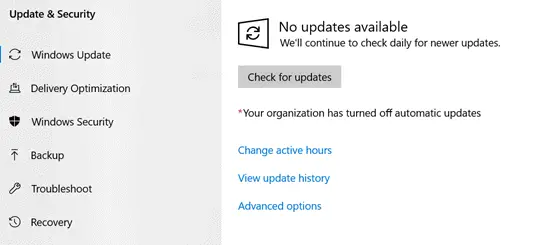
Most often when a user adds new hardware to a PC that is running Windows OS, the system device driver automatically starts searching for compatible and or best driver software for that hardware, the same goes for Vulkan libraries.
Users can head over to the Windows Update window -> search for Windows Update and look for new files for Vulkan libraries. If it is available, then it will be downloaded and installed by the Windows Update service.
-
Via Graphics driver developer:
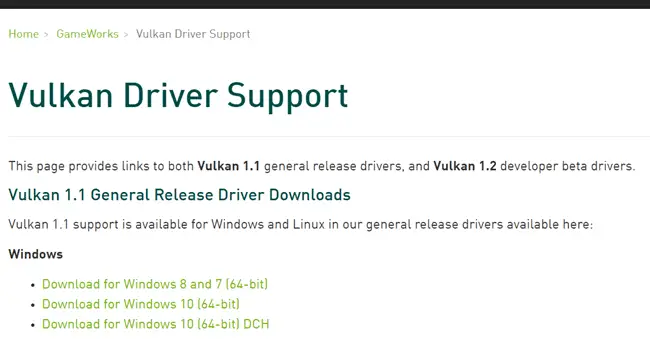
As graphics card manufacturers use Vulkan runtimes API libraries like Nvidia and AMD, they generally provide their graphics driver with Vulkan runtime libraries inbuilt.
In the case of the Nvidia graphics card if for some reason Vulkan files are missing even after having downloaded a copy of the graphics card driver. Then the user can download the Vulkan runtime API libraries separately and install them from Nvidia’s official download page here.
The official Vulkan Driver support page for Nvidia contains Vulkan libraries for different GPU, and it gives very detailed information about the version number, compatibility list, beta releases & talks more about Nvidia GPU’s built of Turing, Volta, Pascal, Maxwell (first and second generation) and Kepler based architecture.
For AMD based graphics cards there is no official page to download Vulkan libraries and install them separately. Hence, to install Vulkan runtime API libraries to enhance gameplay or interactive media applications experience AMD users must download and install the complete driver package for the card and install.
Remove Vulkan Runtime library:
Vulkan runtime libraries work on 3D API technology, compared to DirectX or OpenGL hence improving media experience, so removing such application from PC doesn’t make sense.
However, if users are not using any such high-end applications, then they can safely uninstall them.
To remove Vulkan runtime API libraries, users can follow the below steps:
- Go to start -> click on search icon -> Type “appwiz.cpl” -> enter, it will open the control panel of Windows
- Look for Vulkan runtime library installer
- Select the application -> to select “uninstall” from the above option, the system may flicker as Vulkan files are directly linked to display driver
- Once the uninstall process is complete -> restart the computer
- After system restart -> Windows will remove leftover files of Vulkan
- That’s it!
Pros and Cons of Runtime library
As we are now aware of Vulkan, how to install and uninstall, let’s talk about its pros and cons.
Pros:
- It improves system performance
- Makes media streaming a breeze
- Helps in video rendering
- It provides add-on resources to a primary program
Cons:
- May create performance issue on a low GPU machine
- Needs to be updated on subsequent graphics driver upgrades/releases
As we are progressing further in the techno space, many new technologies are getting released, which is improving the performance of machines around us.
Having such high quality on the system won’t hurt, and it would be nice to have similar applications on the computer that makes the user experience better.
Do you have Vulkan runtime libraries installed on your PC? Have you faced any issues? Do let us know in our comment section below!


